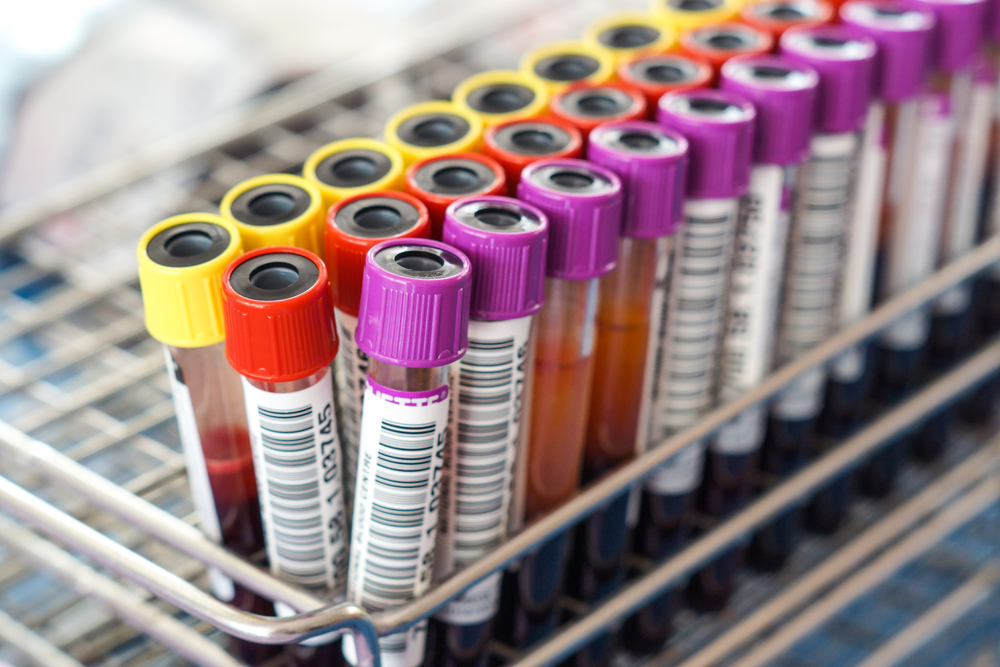Best Methods for Detecting ANCAs in AAV Patients Identified in Study from China

After examining 12 established methods for detecting antineutrophil cytoplasmic antibodies (ANCAs), researchers in China identified those likely best for diagnosing patients there suspected of having granulomatosis with polyangiitis (GPA) or microscopic polyangiitis (MPA).
Their study, “Evaluation of 12 different assays for detecting ANCA in Chinese patients with GPA and MPA: a multicenter study in China,” was published in the journal Clinical Rheumatology.
ANCA-associated vasculitis is an autoimmune disease defined by the presence of ANCAs — as such, it is necessary to know how best to detect these antibodies to ensure that patients are not missed or misdiagnosed.
Researchers tested 12 methods used over the years to test for ANCAs. Although particular techniques vary method-to-method, the overarching principle is the same: because antibodies bind to their targets with exquisite specificity (and stick to them once they do), targets can be used as ‘bait’ so that antibodies in a sample from a patient, if there are any, will become ‘stuck.’
Tests are then done to determine whether bound antibodies are present (typically by using another antibody that is itself specific to antibodies), often resulting in a change of color or fluorescence that can be easily measured.
The researchers tested these 12 methods on samples from people with MPA (153 samples) or GPA (56 samples), both of which are subtypes of ANCA-associated vasculitis.
Because they were testing diagnostic methods, there wasn’t a good way to have a true ‘positive control’ group. As a negative control, the researchers used samples from 243 people with other autoimmune diseases (lupus, rheumatoid arthritis, etc.).
The accuracy of the measurements varied from 0.838 to 0.967, while sensitivity — the proportion of actual positives that are correctly identified as such — ranged from 0.718 to 0.967, and specificity — the proportion of actual negatives that correctly test negative – ranged from 0.897 to 0.992. These results show that all of the assays were reasonably accurate, but some were better than others.
Of note, two assays that use indirect immunofluorescence (IIF) to detect the antibodies had fairly low accuracy (0.838 and 0.874), particularly in comparison to enzyme-linked immunosorbence assays (ELISAs; both techniques rely on the basic principle outlined, with variations in the particular method of detection).
“Even the first-generation ELISA was more sensitive, more specific and accurate compared to IIF,” the researchers wrote.
This suggests that IIF-based methods may be sub-optimal for ANCA detection. However, the researchers noted that “IIF cannot be completely abandoned at present,” particularly based only on this one study — which, like all studies, has its flaws, particularly the lack of a ‘gold standard’ against which to judge all of the methods.
However, two methods based on chemiluminescent immunoassay (sort of a modified ELISA) were seen to have particularly good performance (accuracy 0.967 and 0.926), and, according to the investigators, this “seems to be a method worth recommending.”






